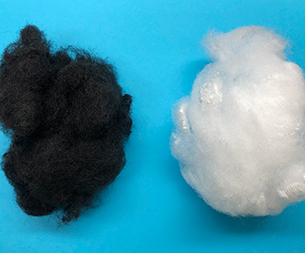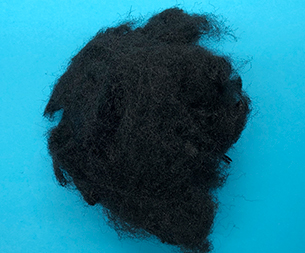On October 10 local time, US President Trump announced a major policy: starting from November 1, an additional 100% tariff will be imposed on all Chinese imported goods on top of the current tariff rate. Textile products such as yarn are included without exception. With the addition of the existing Section 301 tariffs, the comprehensive tax rate for some yarn products has exceeded 50%, directly doubling the cost for enterprises to export to the United States.
According to industry estimates, if there is a large-scale loss of orders from the United States, it will affect 2.5% of the total revenue of the domestic yarn industry, and small and medium-sized production capacity may face a production halt crisis.
This policy has also sparked heated discussions among netizens. Many people have directly stated, "The US has been making things difficult for China in all kinds of ways, but it can't bear to see others retaliate." For cross-border sellers, the sharp fluctuations in tariffs have become the norm, and it is urgent to expand into multiple markets and avoid single risks.
Is Trump serious?
The New York Times reported on the 10th that the current tariffs imposed by the United States on China have reached 30%, and for some goods, they are even higher. Trump's move will raise the import tariffs on Chinese goods to over 130%, marking a sharp escalation of tensions between the world's two largest economies. Earlier this year, after several rounds of imposing additional tariffs, the tariff level imposed by the US on China has reached 145%, causing most of the trade between the two countries to almost come to a standstill. Subsequently, China and the United States reached a tariff truce agreement to advance trade negotiations, gradually reducing tariffs to 30%. This time, the US side's threat of imposing tariffs again will destroy the hard-won achievements of multiple rounds of economic and trade consultations between China and the US in an instant.
The outside world has noticed that the negative effects brought about by the current US government shutdown are constantly emerging. Trump, who is in a state of great distress, has recently failed to win the Nobel Peace Prize again. Some US media analyzed that at a time when he is beset with internal and external difficulties and in an extremely bad mood, Trump's recent outburst over China's new regulations might also be an attempt to divert domestic attention.
But raising the tariff rate that threatens to impose additional tariffs on China to 100% all at once has left the US public opinion "astonished". Whether this seemingly crazy figure will really be implemented or is still just a negotiation tactic often used by Trump has become the focus of controversy among all parties.
China's countermeasures: Adopting a dual approach of rare earths and maritime transportation
From the day before Trump announced the imposition of additional tariffs to the day before, China had already rolled out two countermeasures in a row, precisely responding to the trade pressure from the US side.
Rare earth control upgrade: On October 9th, the Ministry of Commerce of China issued an announcement, not only further tightening the export control of rare earth primary products, but also for the first time including rare earth mining and refining technologies and core equipment in the scope of export restrictions. Rare earths, as key raw materials in the fields of intelligent manufacturing and new energy, this move will directly affect the stability of the related industrial and supply chains in the United States.
Maritime reciprocal countermeasures: On October 10th, China's Ministry of Transport simultaneously announced that starting from October 14th, additional berthing fees would be charged to American vessels entering Chinese ports, with the charging standards being exactly the same as the previous additional fees imposed by the United States on Chinese vessels. Data shows that maritime trade between China and the United States accounts for over 70% of the total trade volume between the two countries. This move will directly increase the costs of American shipping enterprises, forcing them to reevaluate the logistics costs of trade with China, and indirectly provide more bargaining space for domestic export enterprises.
Declaration: The content of this article is compiled from the Internet and the copyright belongs to the original author. If there is any infringement, please inform us in time and contact us for deletion.
- The core applications of polypro
- Textile foreign trade has shifte
- How to choose the right polyprop
- Cross-border textile merchants a
- Optimization of Production proce
- What impact does the United Stat
- Unveiling the outstanding proper
- The 11th China International Sil
- How does polypropylene staple fi
- The 2025 International Textile F
- Markets
- Automotive Products
- Nonwoven Lining
- Geosynthetics
- Liquid Filtration
- Apparel and Textiles
- Hygiene Products
- Building and Construction
- Other Markets
- Contact Us
- Contact Haibang





